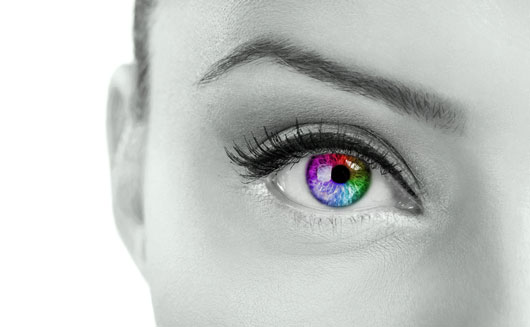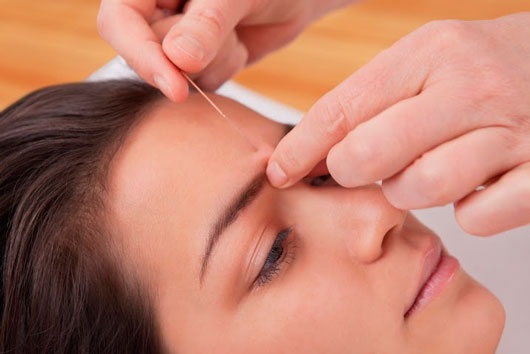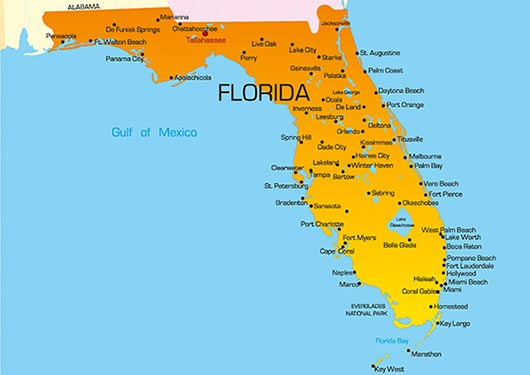
My first encounter with AIDS was in 1993. I visited a friend at the hospital and stayed with him as he died. He was in the emptiest, most solitary part of the hospital. There were few visitors (if any) on that hospital floor, as if they had been condemned to solitary confinement. This was the AIDS section of the hospital—the hospice where people came to die, alone. Some very sickly looking patients walked the corridors, smiling at the few of us who paid visits. You could feel the pain, the loneliness and desperation.
Back in 1993, more than a decade after AIDS was officially declared an epidemic, people were still ignorant about the disease and only linked it to gay men. Even with all evidence to the contrary, some still thought you could contract it through a mere handshake. AIDS sufferers called it the “lonely disease” with good reason. They were the abandoned and the outcast, even rejected by friends and families.
Thirty-one years after the disease was first acknowledged, the HIV virus is still one of the most serious health threats in the world.
December 1 is World AIDS Day and the campaign’s theme for 2011-2015 is Getting to Zero, meaning: zero new HIV infections, zero discrimination, zero AIDS-related deaths. It’s a call for governments worldwide to act now to provide access to treatment and to honor promises as the Abuja Declaration and for African governments in particular to increase spending on health and HIV prevention.
Read Related: The 5 Tests You Must Have This Year (For Real!)
World AIDS Day is an opportunity to raise awareness of what the numbers of the pandemic are and to encourage public and private collaborators to spread awareness about the standing of the pandemic and push for progress in HIV/AIDS prevention, treatment and care in high prevalence countries and around the world.
THE GLOBAL AIDS CRISIS TODAY
- 33.4 million people currently live with HIV/AIDS.
- More than 25 million people have died of AIDS in the world since 1981.
- In 2008, 2 million people died of HIV/AIDS. 2.7 million people were newly infected.
- The majority of cases of those living with HIV (97%) live in low- and middle-income countries, mainly in sub-Saharan Africa.
- The World Health Organization (WHO) states that most people living with HIV or who are at risk of contracting HIV do not have access to prevention, care or treatment.
- The HIV epidemic also affects other areas of life; homes, communities, and the development and growth of nations.
U.S. BY THE NUMBERS
To get the big picture and bring it closer to home: every 9.5 minutes, someone in the US is infected with HIV.
- More than one million people are living with HIV in the U.S.
- 1.7 million people have been infected with HIV.
- 619,000 have died of the disease.
- 50,000 Americans become infected with HIV every year.
- One in five persons living with HIV is unaware of their infection.
- MSM (men who have sex with men, whether they self-identify as homosexual or not), particularly young, black MSM, are the most severely affected by HIV.
- By race, African Americans face the most severe HIV risk, followed by Latinos.
LATINOS AT RISK
Latinos/Hispanics represent 16% of the U.S. population and account for 20% of new infections and according to the CDC, about 18,000 have died.
The CDC suggests that the markers for contraction of the disease in the Latino community are lack of awareness of HIV infection status, poverty, no medical care, stigma and homophobia. In many households the macho image still rules, and the use of protection is out of the question. Women often contract the disease because their partners have affairs and are infected by the third party. Other partners might be closet homosexual males who infect their wives.
The message from the WHO and CDC is clear: no one is immune to HIV. Get tested, get informed and protect yourself. Let’s get it down to zero!











